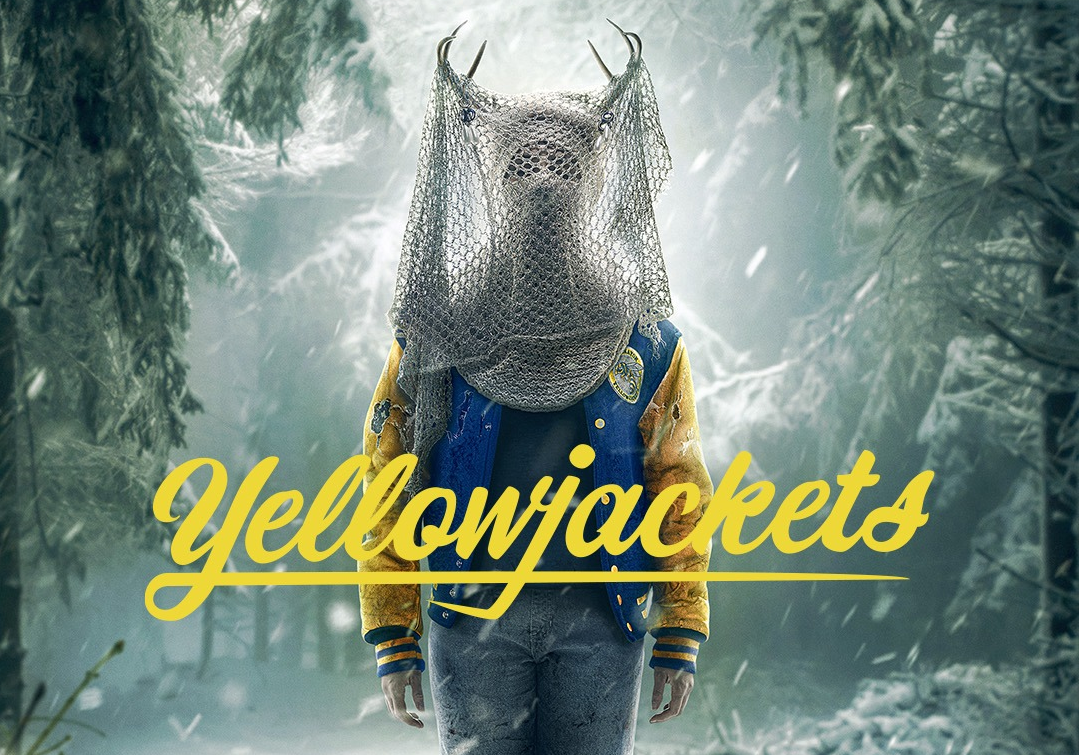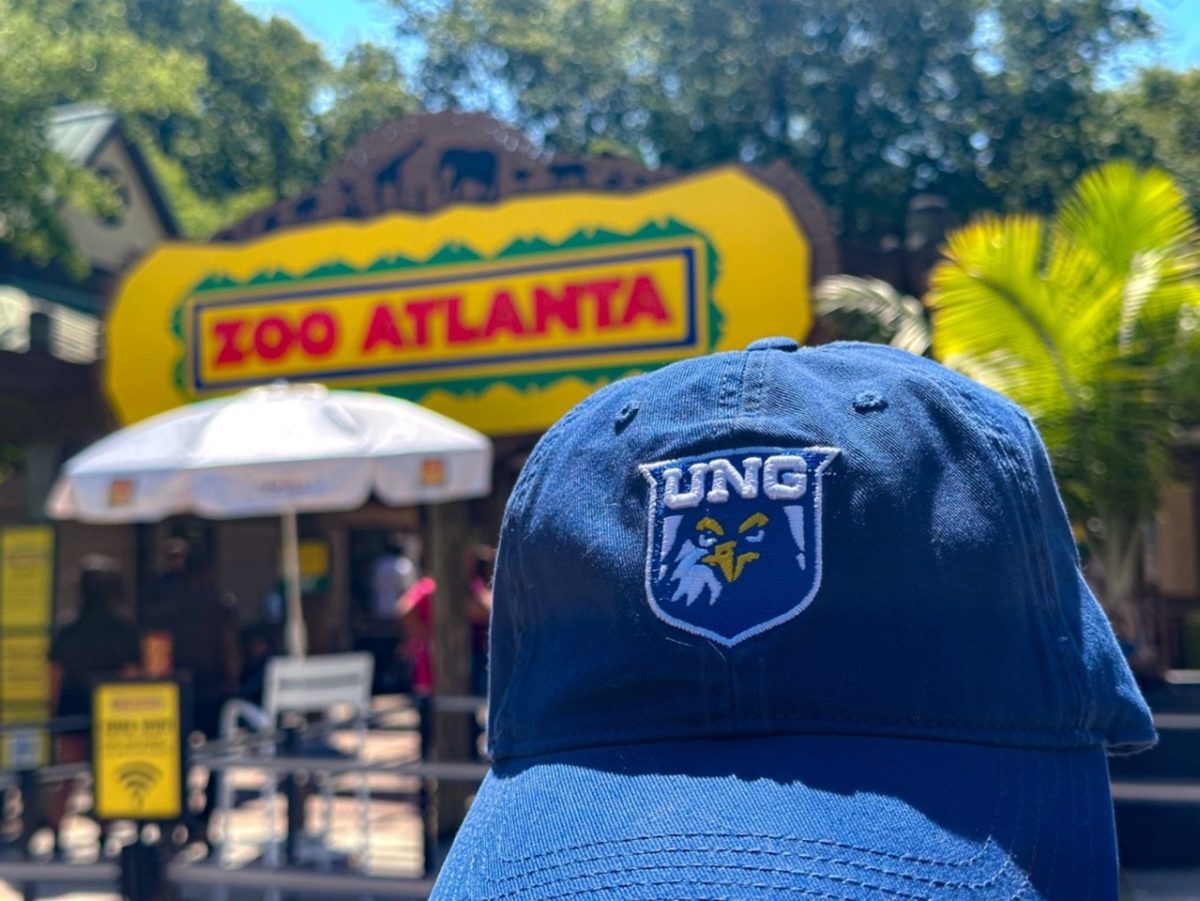The Obstacle Course Racing World Championship or OCRWC was held at the Stratton Mountain Resort in Stratton, Vermont for the first time on Sept. 23-26. Obstacle course racing athletes from all over the world gather and compete to see who is the best.
The event consisted of 3K, 15K, team relay and a charity open. Each event over the weekend had Pro and Open heats.
OCRWC has been held all over the world. On the move to Stratton, Vermont for 2021, OCRWC marketing director, Stacey Kennedy, said “Back in 2019 was around the time that we made the decision to come up to Stratton. In the big picture, the Stratton Mountain Resort is an absolute world class facility. We had been here a couple years prior with the North American championships and they were a fantastic partner to work with… For us after the two years with the North American championships here, it was an absolute no-brainer for us to move the World Championships here. Between the village, which is top notch, the partnership with the mountain, the restaurants, the shops, the spectator experience. There’s just no other place we’d rather have this race.”
The 2020 OCRWC was postponed. The race proceeded this year, but with many precautions in place.
How are race operations different because of COVID-19?
Kennedy: “It was a really tough year, not just for us, but for everyone in the industry. The decision to postpone the race was incredibly difficult. The biggest changes we’ve made over the last two years, the first is that we eliminated the qualification requirement. Previous years of the world championships, you had to qualify to get into this race based on how you performed in one of our partner races. The primary reason was that so many of these other races were cancelled. We were finding that people just didn’t have an opportunity to qualify, especially from some of the smaller nations who come here to compete. The other change we made was really from a safety perspective…In the grand scheme of things, what we decided was the best decision for our athletes based on other races…We instituted a requirement for either proof of vaccination or proof of a negative COVID-19 test…We just wanted to make sure that we were doing the best we could to maintain that as a safe atmosphere.”
How is the obstacle build process different from other races?
“That’s one of the things that I think makes this race so special for so many people is that every year we have a collection of obstacles from our partner races. Then we have some of our own obstacles and as part of our own obstacles we always try to debut a few new obstacles that have never been seen before. Some of those are variations on our partner races and some of them are just completely new to us. We have some obstacles that we own and we take with us wherever we go, then for example there’s an obstacle called Little Foot which is from the Swamp Runners race out of Louisiana…It takes a lot of coordination. We have a superb race director in Brett Stewart, who helps to coordinate all that and manage all these obstacles. In terms of logistics, it’s trying to get the timing right and get everybody here. It’s a really interesting compilation, knowing that some of these obstacles you may have seen before or you may have seen online from your friends racing and some of them are brand new and you’re going to have to roll into it like Canyon and see something completely different.”
The 3k race was held on Friday. The course was 15 obstacles with an elevation gain of a little over 600 feet.

The age group heats started first and the day concluded with the pro waves racing. The men’s pro winner was Veejay Jones, who completed the course in 17:24. The female pro winner was Lindsay Webster with a time of 20:51.
Saturday evening the challenging obstacle, Canyon, was raised in height.

What led to the decision of raising Canyon after the 3K?
“When we look at our obstacles, it’s a tight balance between creating a challenging atmosphere for the best racers in the world, which is really who we have here. Also, making it manageable over the course of a 15K race. Yesterday with the 3K race, it’s a much shorter distance, so having an obstacle like Canyon that’s so challenging for racers with such a small clearance between the lowest ring and the ground. To us, that was more manageable for a 3K race. Once you combine that with 39 other obstacles and nine miles of racing across two or three thousand feet of gain that you have on this course. We just wanted to find a good balance so that we could accommodate all types of racers across all of these different obstacles and give them an experience that was worthy of what we see as a world championship event.”
On Saturday, the 15k race was held. It was 40 obstacles and over 3000 feet of total elevation gain.

The pro heats went off first with Ryan Kempson and Lindsay Webster winning with times of 1:35:27 and 1:56:07. The age groups heats concluded racing on Saturday.

Sunday was the team relay competition and charity open. The team relay was broken into categories of Team Pro and Team Open.
The racing concluded with the charity open and benefitted the Stratton Foundation .
The OCRWC weekend ended Sunday evening with the closing ceremony, which included fireworks.

























